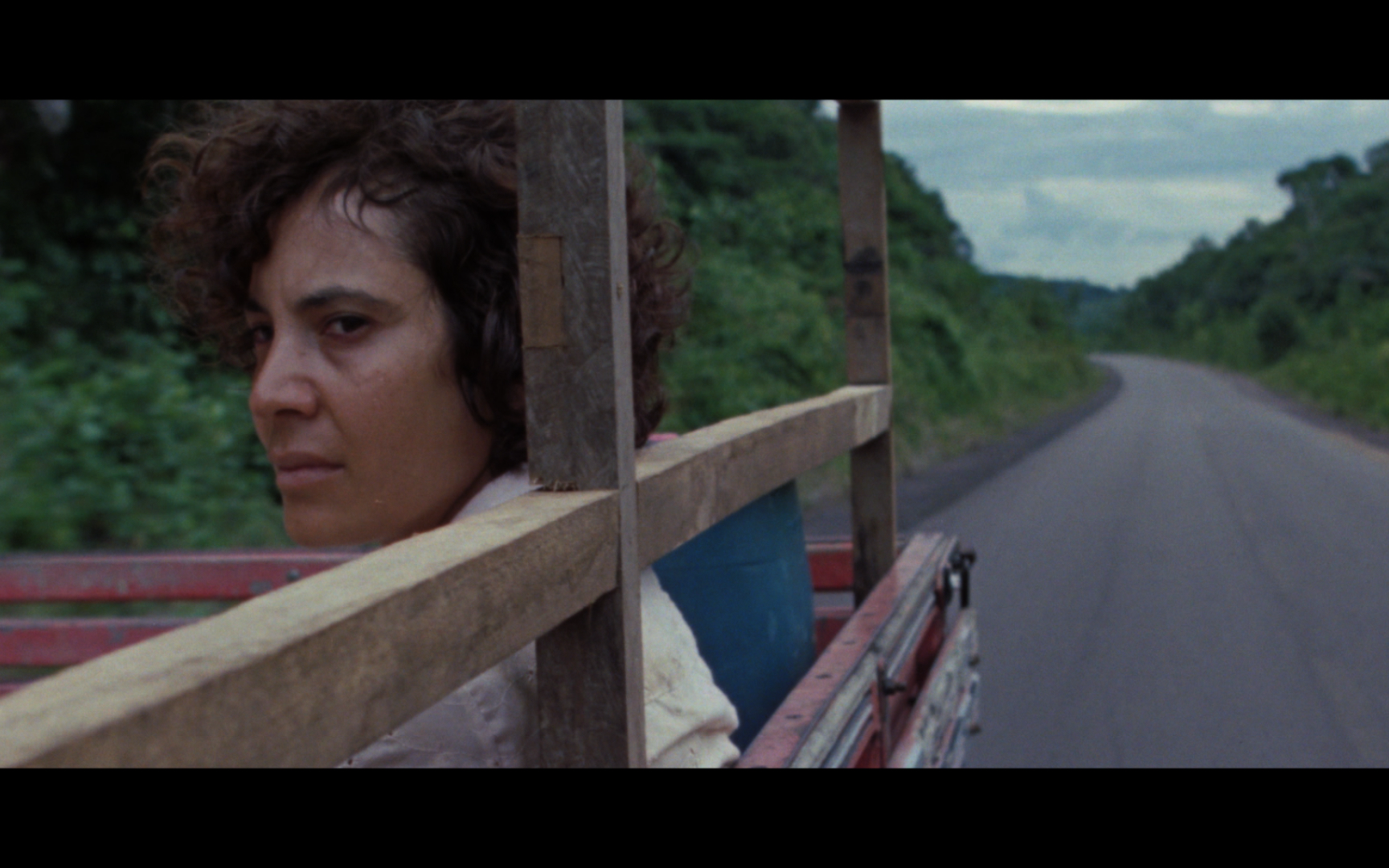
*This interview has been edited for length and clarity*
AG: Where did the idea for the short first come from? And what were some of the themes you were looking to explore in it?
GM: So where does the idea come from the story of this movie, it’s actually a blend of two different stories. The first one, it’s what’s going on in Venezuela, the social and political crisis that has been going on actually since 2014, or 15. And that’s not very personal to me, although I did a lot of research, when I was writing the script. And the second part of the story, which is much more personal to me, is related to the choice that Marta, the protagonist, does of breastfeeding someone else’s child.That happened in my family. My mother made that choice. She nursed my cousin when he was a baby while she was also breastfeeding, my older brother, I wasn’t born. I learned about the story much later. When they told me what happened, it just struck me so strongly, in a way I can’t even describe. Because it for me, it just blurs the boundaries of what motherhood can be. My cousin grew up super attached to my mom, she became almost like a second mother to him. I grew up seeing that relationship, for me was super interesting. But I never knew how to talk about that, especially in the movie, how do you know, bring that thing to a movie. Then, in 2019, I was in Brazil, I was in San Paolo, I’m from San Paolo. And back in 2019, it would be impossible for you not to be aware of what was going on in Venezuela, because the newspapers, all of them, were talking about the political and social crisis every day. I remember one morning, I just opened the newspaper. And I saw a picture of a woman walking on the shoulder of the road that connects Venezuela to Brazil. She was immigrating to Brazil and she had a baby in her arms. But for some reason, I thought that that baby wasn’t her daughter, or her son. I don’t know if it was a boy or a girl. But for some reason, I was like, oh, maybe this is not her son. That’s how I connect it to stories, my personal story, the story of my family, and what’s going on in Venezuela. That was the day I wrote the first draft of the story. It was much different. The story would start in Venezuela, the first draft and then Marta, you would see her, you know, giving her baby to her mother, and then walking all the way from Venezuela to Brazil. And now of course, the movie starts and she’s already in Brazil.
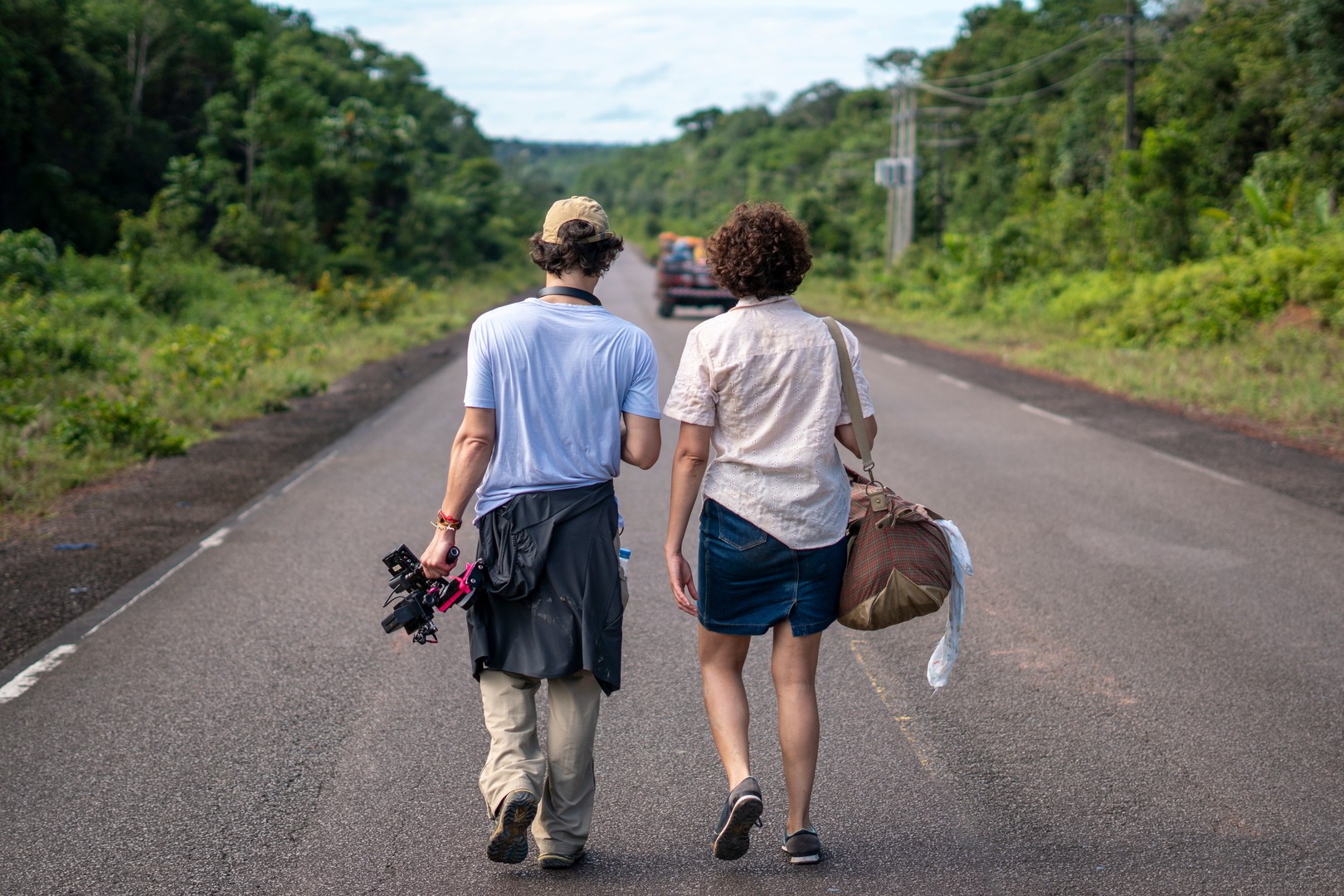
AG: That was very similar to my next question, which is: the first draft to the final draft. Did it surprise you in the ways that it changed while you were creating the film?
GM: Yes, it did. The first draft was, I think, was like, maybe 30 pages long. And the final version of the script was just 17 pages. In the first version of the script, the movie started in Venezuela again, you would see everything ,you would see Martha giving her baby to her mother. But then, as I progressed with the writing, I understood that a lot of us know what’s what’s going on in Venezuela. So I didn’t have to explain that much. As long as I had a small title card saying the border of Brazil and Venezuela and you would see someone walking on the shoulder of a road, I think you would immediately, you know, connect the dots. (You would) understand that this is a story of someone who’s coming from Venezuela to Brazil, because of what’s going on in Venezuela. So yeah. The ending was very difficult to write, the fact that Alice abandons the baby with Marta, I had multiple versions of that ending. And even even in the editing room, I also had different cuts of that scene. I had a cut where you would see her stepping off the board and really leaving. There was a version where she didn’t leave the kid with Marta at all, she just really went to the bathroom, and came back. So there were like, different ways of editing that and I thought that the way we have it now, I think it’s the best.
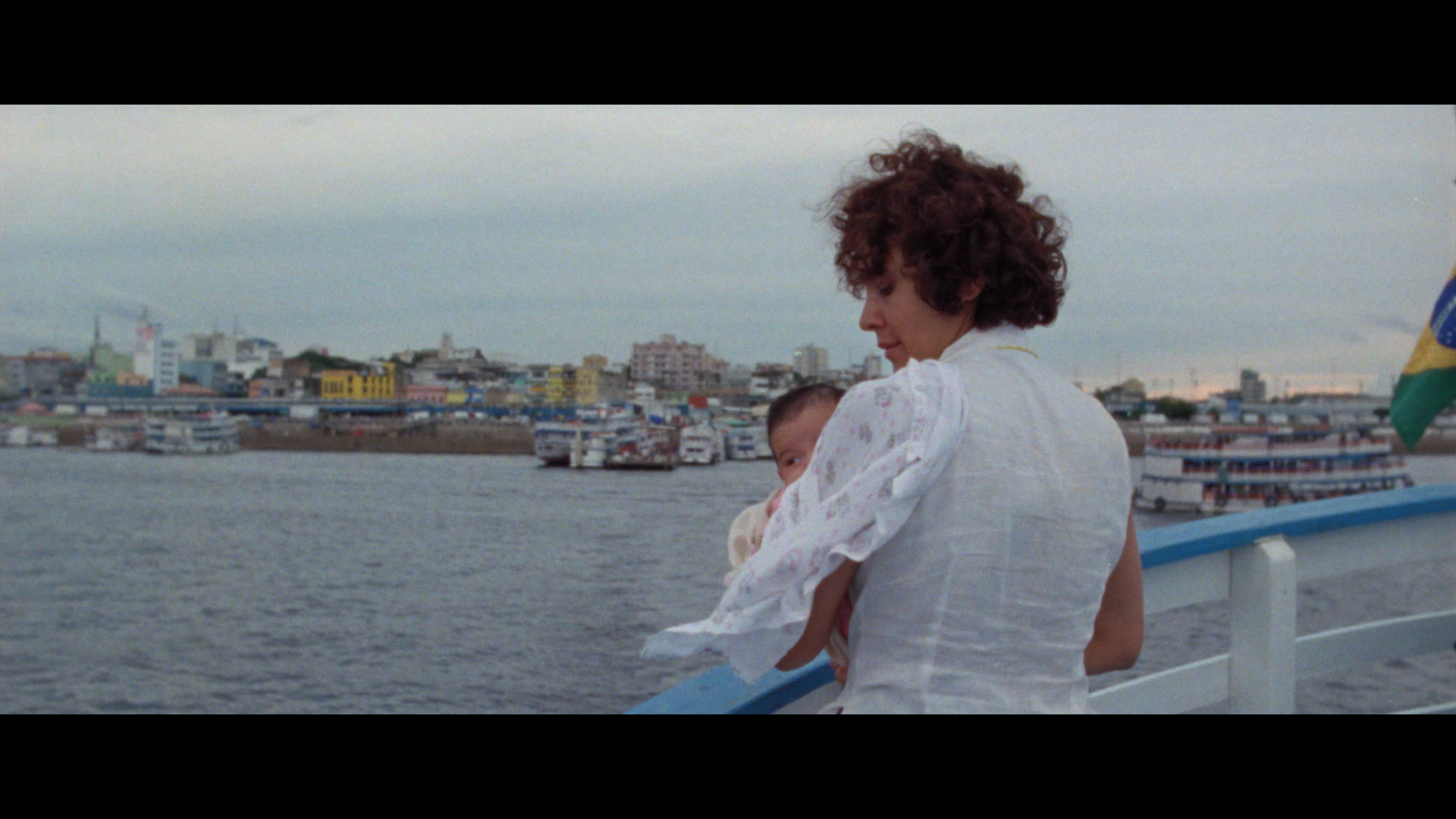
AG:I feel like it’s a really delicate balance of trusting your audience, but also making sure that they get the message at the end across. I wanted to ask you about that that final shot, which is just the open ocean. Can you explain some of the symbolism behind ending the film with this image?
GM: The image of water? Yeah, totally. This is something that came to me almost unconsciously. I can’t tell you that I thought of, “Oh, I’m gonna end the film with water.” But for some reason, when we were there shooting — I have a very close relation to my cinematographer. And I just turned to him and said, “Please shoot, you know, 30 seconds of water. I don’t know why, but just shoot 30 seconds of water.” And so he did. When I was editing, I felt it was just the right way of ending that movie with an element that represents so much of life and the power of water. I think it fits very well to the, to the movie.
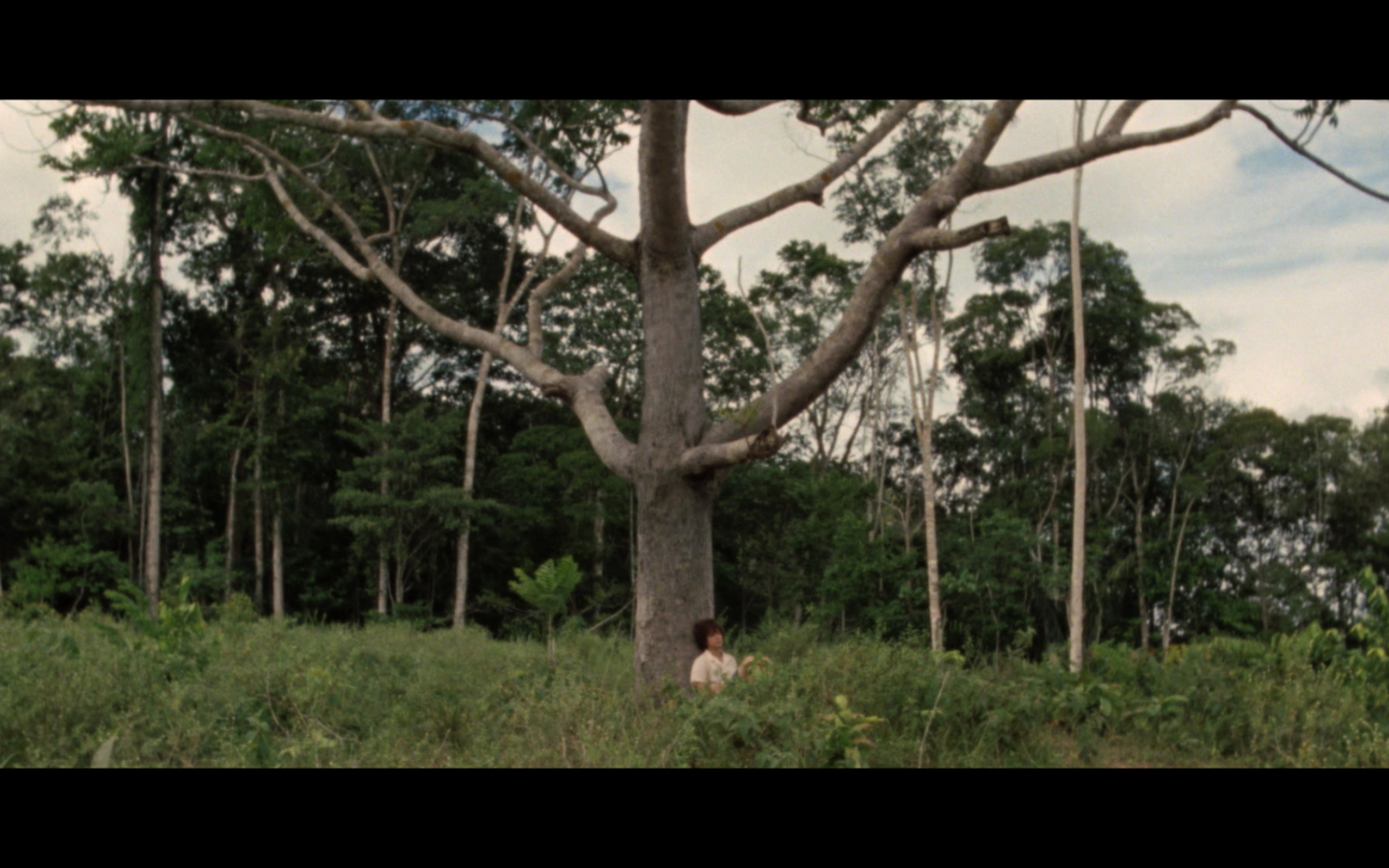
AG: Was there any kind of imagery that made the final cut that you you had seen in your mind from the very start from the idea, from the conception of the film?
GM: I think the opening of the movie The tree, that for me was something very symbolic and powerful for me. I knew I wanted to have Marta sitting by a tree. And because that represents, you know, family, it represents roots. Where are your roots, where you are you rooted to? So for me, to have the tree in the beginning of the movie? Yeah, I think it blends very well with what the character is going through.
AG:The film is kind of anchored by the bond between between the two young mothers between Marta and Alice, and you said it was kind of inspired by your own personal story. But what were some of the ways that you developed that into the writing?
GM: Yeah. So yeah, you know what, this is super interesting, actually. Because there was a moment when I was writing this movie, that was probably version number five or six of this film out of 10. I think, 10 of 11? That I really considered changing the protagonist and making this story through Alice’s point of view. She’s such an interesting character, she’s going through so much. And she’s so mysterious, like, we don’t know where she’s coming from. And I felt like I wanted to know more about her. I did write the version of the story through her perspective. But then in the end, I went back to Marta, because she’s a very straightforward character. She has like a very rational goal. She knows what she wants, she knows where she wants to get to. I thought that that kind of energy and pace to the movie would be would be, “Yeah, it’s just what I was looking for.” And so I went back to Marta and stayed with her as my main character.
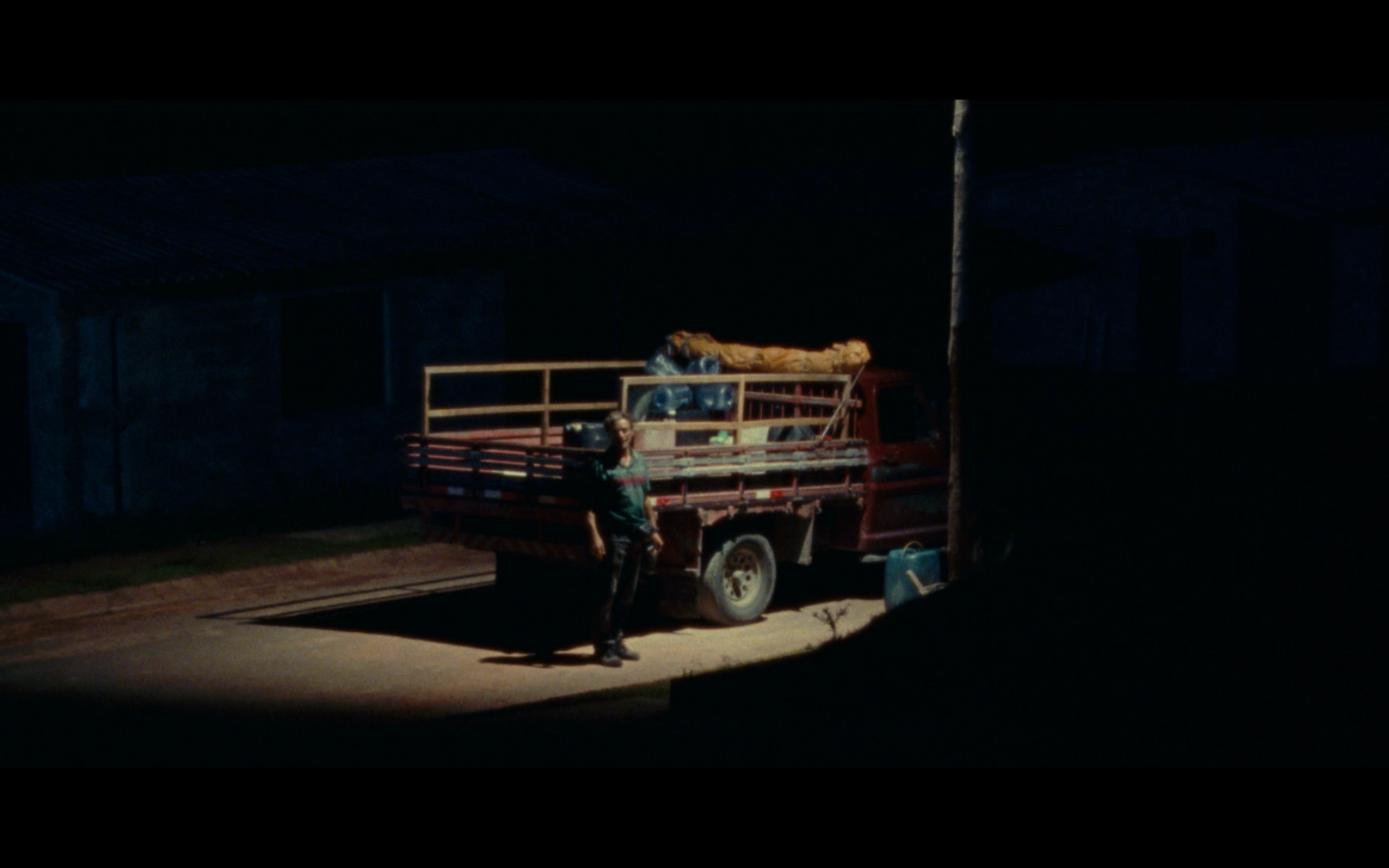
AG: I wanted to ask you about their specific moment in the short, where Marta is getting choked, right? It’s this very tense moment. Why was it important for you, as a filmmaker to include that scene in the film?
GM: So it’s also interesting to think about that scene, because there are different ways of editing that scene, it could be an assault, but it could also be a rape. And, I think, now, it’s kind of borderline, you don’t know if it’s what’s going on is just assault, if he’s just going for the money, or if there’s any sexual intention behind. What I learned during research trips to the border of Venezuela, in Brazil, I went three times to the border. I went to the refugee camps, I spoke to many people, people who were also helping the immigrants. And, what I learned is that in those kinds of situations, you know, women become more vulnerable to violence than men. There were several cases of rape that people told me about. So, for me, it was also just a way of, you know, raising a flag and saying that this is also reality that immigrants face when dealing with such a precarious conditions.
AG: So as as like the writer and as a director of the film, were there any instances where those two parts of yourself are kind of butting heads while creating the story?
GM: Yeah, I mean, I can totally assure you that the version I had of this film in my head before shooting is a much worse version. I’m so thankful to have worked with amazing actors, and my DP and the producer, and, you know, the set designer. They really, you know, enhance the quality of the movie. But what one thing that I think was a great learning experience for me, was working with actors from Venezuela, who to a certain extent, were facing similar similar circumstances. You know, Samantha Castillo, who plays Marta, she, she was immigrating to Mexico abeo and Alice, her name is Brenda, actually, they saw so many friends fleeing from Venezuela, leaving everything behind. So they came to set, really embody it in those characters. And they really taught me, you know, that as a director, sometimes you don’t have to do a lot to direct actors. You just have to let them be who they are, because they were bringing so much emotions to the set, that I just had to let them be who they are. And, and by doing that, they told me, they they taught me who those characters Word. I had no preconceived ideas for those characters, but they actually date show me versions of those characters that I had never imagined before. So yeah, in that way, I had to adapt my own vision.
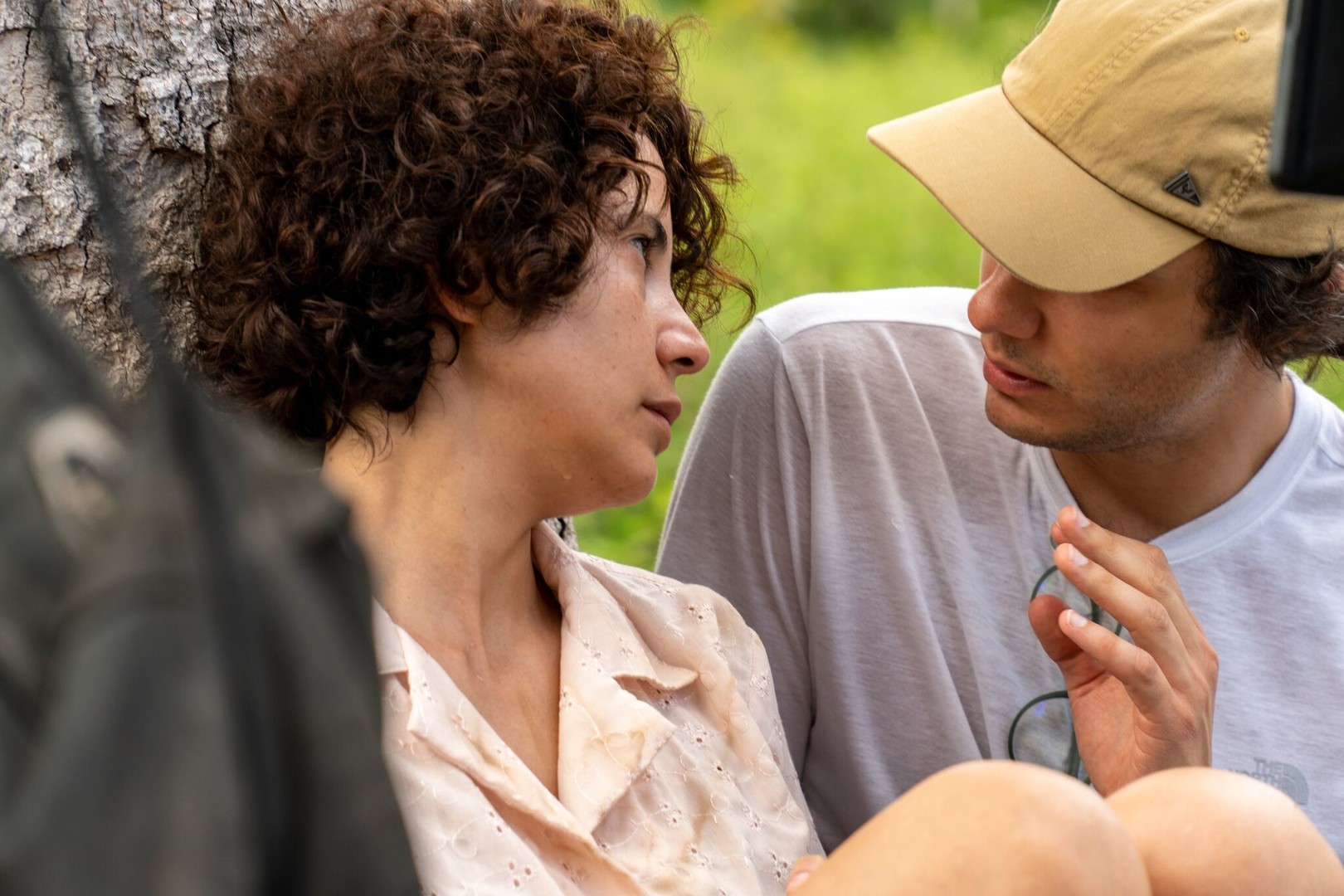
AG: What do you hope those audiences kind of take away from the film?
GM: I think my greatest hope with this movie was to initiate any kind of conversation about the human condition, but through the perspective of immigrants in South America. I feel like if people watch this movie, and if they are able to understand, you know, a little bit more of what these people are going through, then I’ll be completely satisfying. I don’t expect miracles to happen with a short film. But I think that maybe if if we bring awareness of what’s going on, it’s already a lot. So I think this is my hope for the movie.
AG: What’s next? Do you have any projects on the horizon?
GM: I do want to stay in the same type of narrative. I do have some documentary experience. But I think this is my place. I like to do narrative. I just shot another short film in Brazil. Actually, it was in January, and I’m doing the post production now I’m editing. I think it’s going to be ready in a couple of months, you know, we’ll start sending out to festivals. It’s basically the story of, of a 12 year old boy, who is going through his first sexual awakening. As he does that, he just experiences the last days of his childhood. So it’s really a coming of age story. He’s also also very attached to his mother, but as he goes through the sexual awakening, kind of the relationship with with his mom crumbles, they drift apart. I think this movies about loneliness, like the first time, we experience loneliness in life, which I think it happens somewhere there when you were 12-13 years old. Yeah, I’m super excited about this film, too. I shot on film shot in Brazil, with the same cinematographer last week. And the same producer. Yeah, looking forward to start sharing the work.